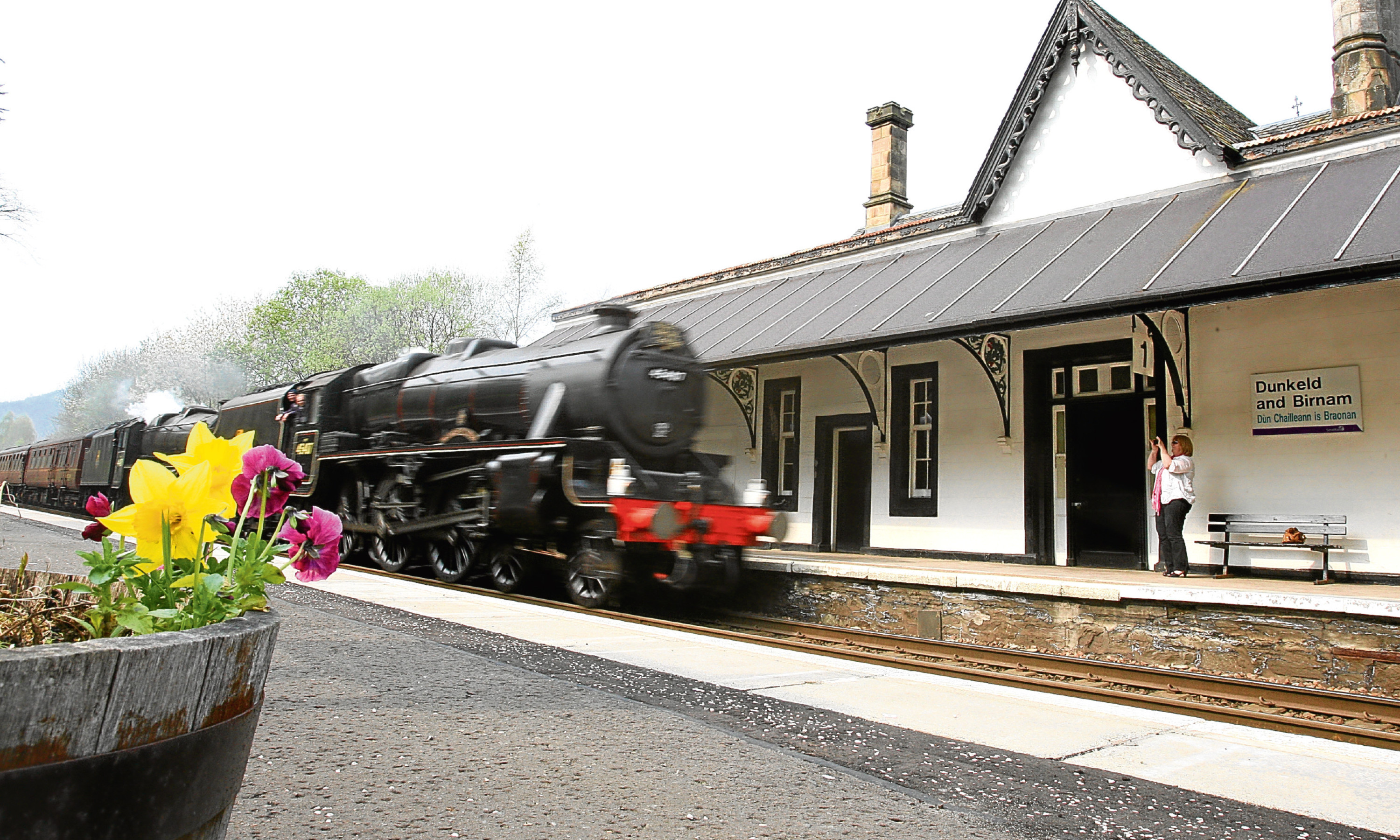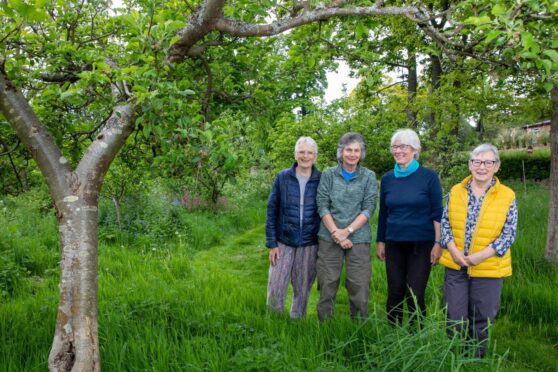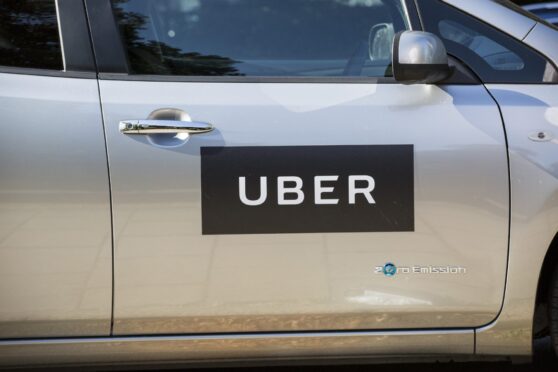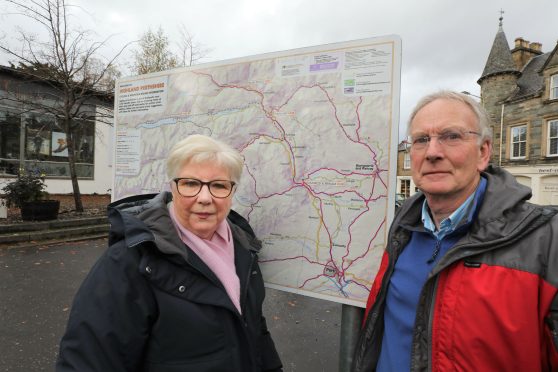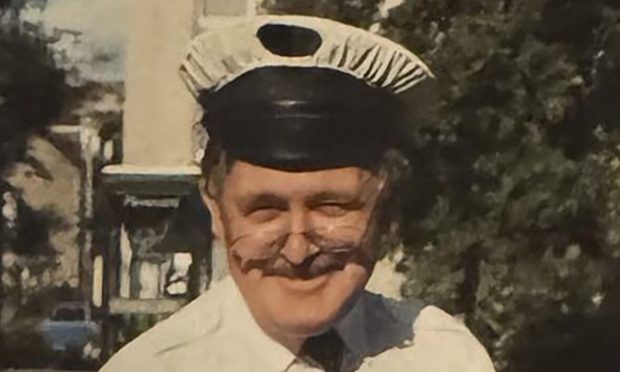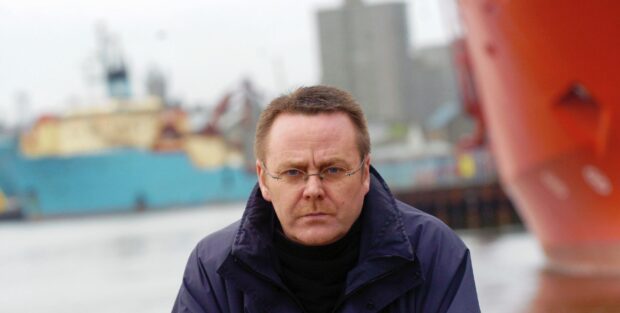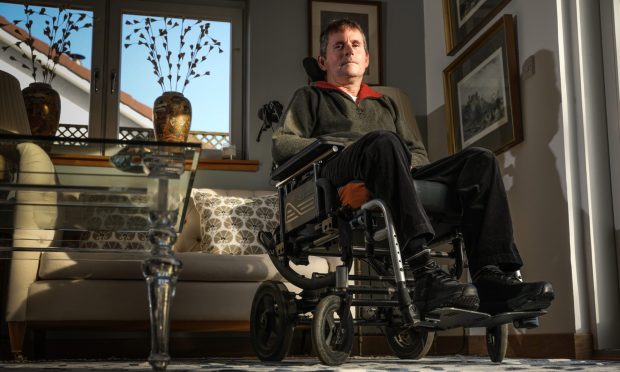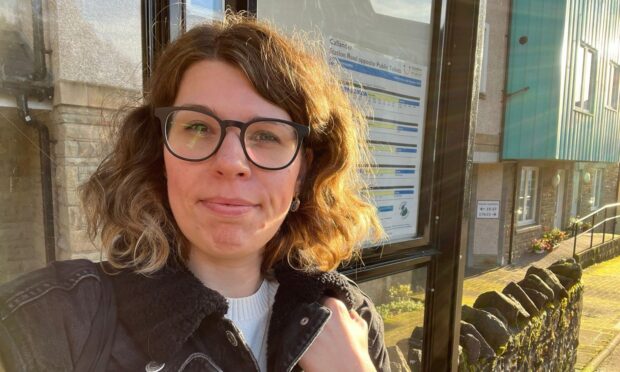There’s a romance to the railways.
Who can resist waiting on a platform for a lover to arrive, or getting a night train across the border?
Many train lines in Scotland were built with romance in mind – the lines were to take tourists to the romantic landscape of the Highlands.
You get some of this at Dunkeld – the Victorian station house, the wrought iron bridge, the emptiness of the platform and the promise of the train coming down the line from the thicket of trees dressed in autumn.
It doesn’t last – just before the south bound train arrives wooden boxes are placed at intervals on the platform.
The reason becomes clear when the train arrives – it is too high for the station, you need the boxes to clamber on to the carriage.
Only the train has not stopped quite in line with the position of the boxes, so to get on you must jig to the left.
With heavy luggage this is a perilous business. With tourists looking on, it is also embarrassing.
Great contribution
Trains are one of Britain’s great contributions to the world.
Not only did they rapidly increase the speed at which people moved but allowed far more people access to the joys of travel.
Train travel also regulated the world’s time – the requirement of setting timetables meant clocks had to be synchronised across the network.
Trains and time are intimately linked but in Britain this is no longer a curious fact or a mark of industrialisation but a form of torture.
Boarding a train at Dunkeld allows foreigners to see how inept we are – how comically useless at running public transport.
The train to Dunkeld was late and further delayed as the journey went on.
As you trundle along, your fate in the hands of a system where nobody appears to be in charge or even competent, you wonder why – why put up with this vastly expensive, inefficient form of travel?
Many customers of Abellio, the Dutch contractor running Scotrail, wonder the same. Tales of horror journeys and constant lateness abound.
A public petition calling for Abellio to be fired has reached 15,000 signatories.
Transport Minister Humza Yousaf has issued a stern warning that, should punctuality fall below 84% for several months in a row, then he’ll cancel the contract. Quite what the alternative is has not been made clear.
The East Coast line from Aberdeen to England was brought into public ownership when a contractor failed but has now been returned to private management.
The Scottish Government does not have good record of running things – Prestwick Airport, farm payments schemes etc, so it’s not clear that is a sensible option.
Anyway, they have ducked the matter by blaming London for resisting a public sector bid to run the service.
The Labour party would like the service nationalised and this does have a certain appeal – but perhaps it is time we questioned the future of rail in this country.
In 2014 the Office of Rail Regulation reported that each passenger on a train in Scotland is subsidised by £9 of public funds. That’s much higher than in England.
Transport Scotland gives £700 million to our rail services.
Rail just isn’t economic – even with a jump in the number of people using the trains, they don’t make enough money.
The public money is given to private companies in order to give them a profit.
The advantage of rail is that it is environmentally better than road transport. This is based on the idea that a full train will carry more people further and for less energy than the equivalent car journey.
Empty trains
Rail becomes less environmentally attractive if the train is empty.
This is partly the problem in Scotland – long distance routes without enough passengers.
Trains get cars off the road and because there are no traffic snarls on a railway, the train should get there quicker.
The big problem is that tracks are expensive to lay and rolling stock is pricey to buy.
So why don’t we get rid of the tracks, or set them in a surface which can also carry road vehicles and simply use the lines as dedicated public transport routes, to be used by coaches?
This may not suit the really busy lines, like Edinburgh to Glasgow but would be far better for travel above and below the central belt.
The routes have the advantage of being comparatively straight compared to roads, the coaches could be regulated by signals just like trains, and the cost of rolling stock would fall dramatically.
We have been hooked on a political agenda which says trains are a good thing – but if you want evidence why this is wrong, go to the capital.
Edinburgh’s trams are not only the slowest imaginable way to get from the airport to the city – short of crawling – but are the least flexible, most expensive form of transport in the city.
They are not just evidence of what can go wrong when political decisions get fudged but also that roads are just better, cheaper and faster.
Trains are romantic but this affair is over.
